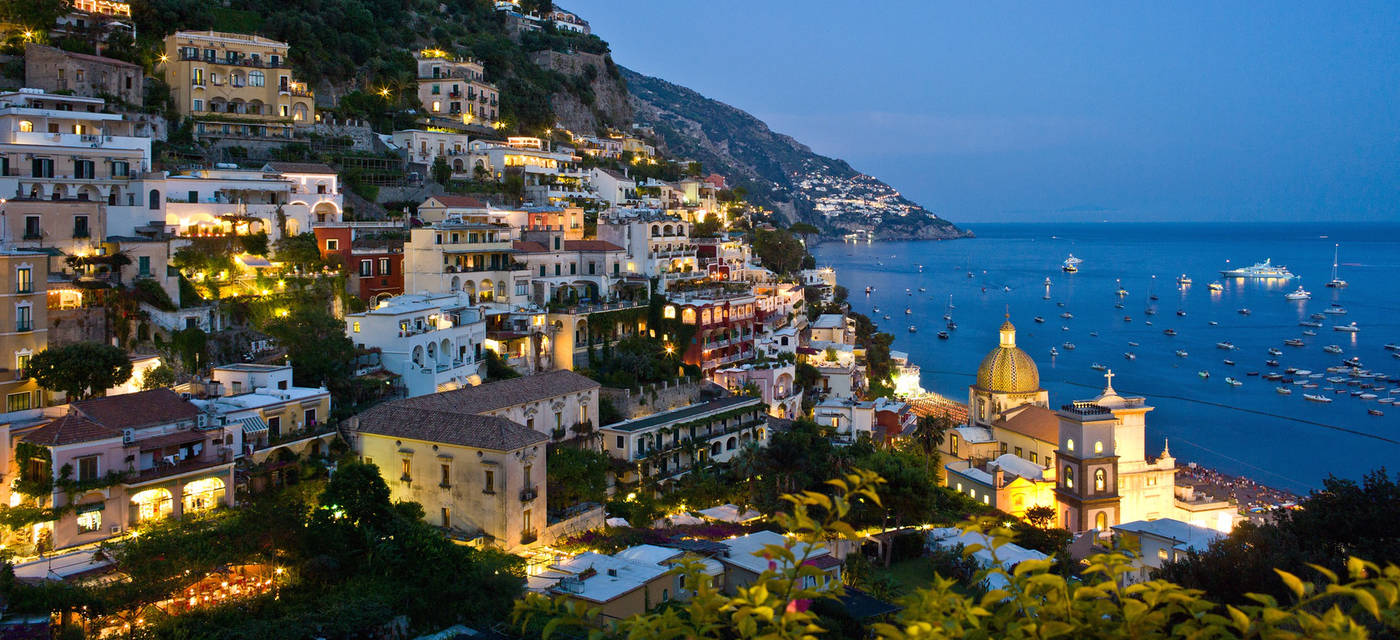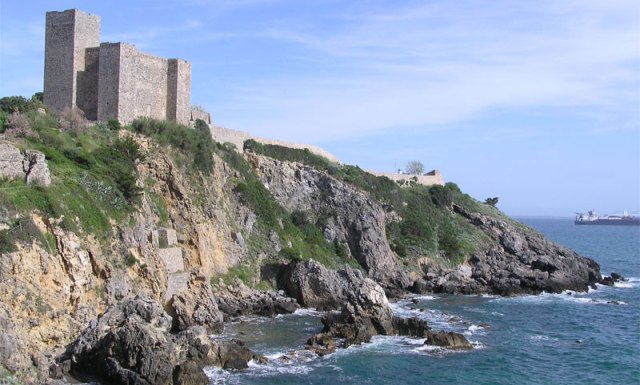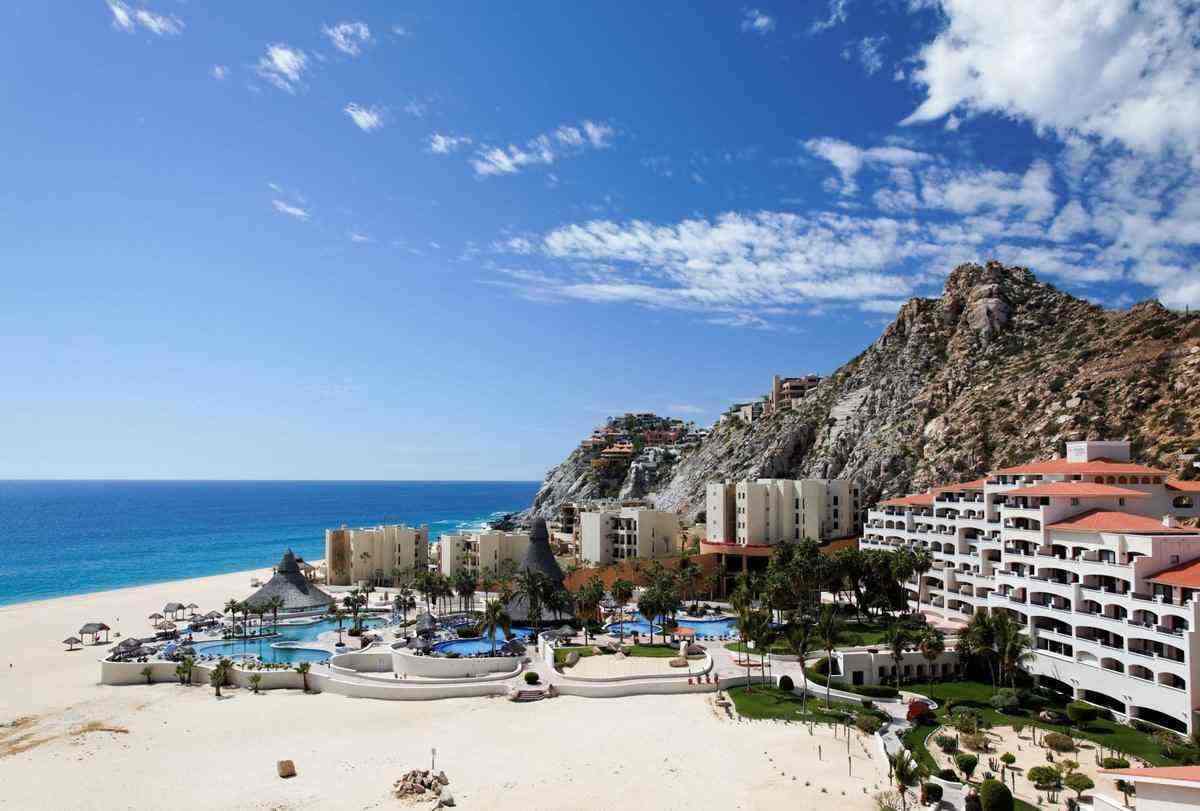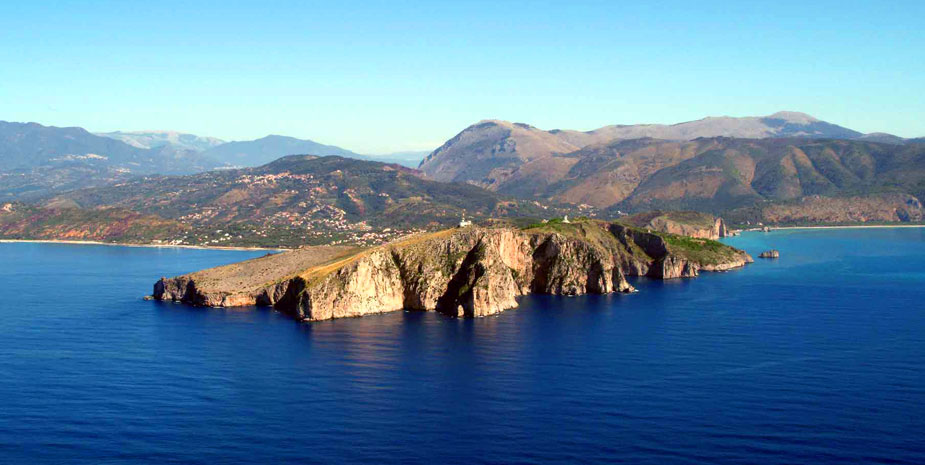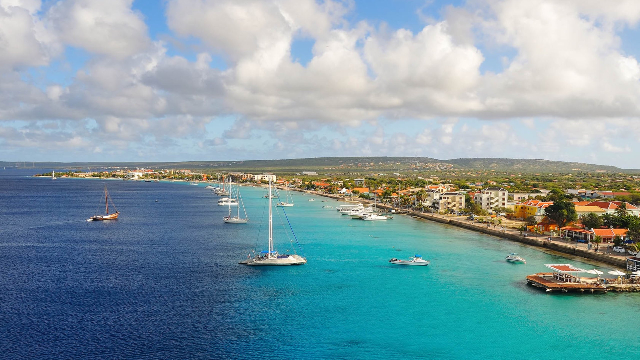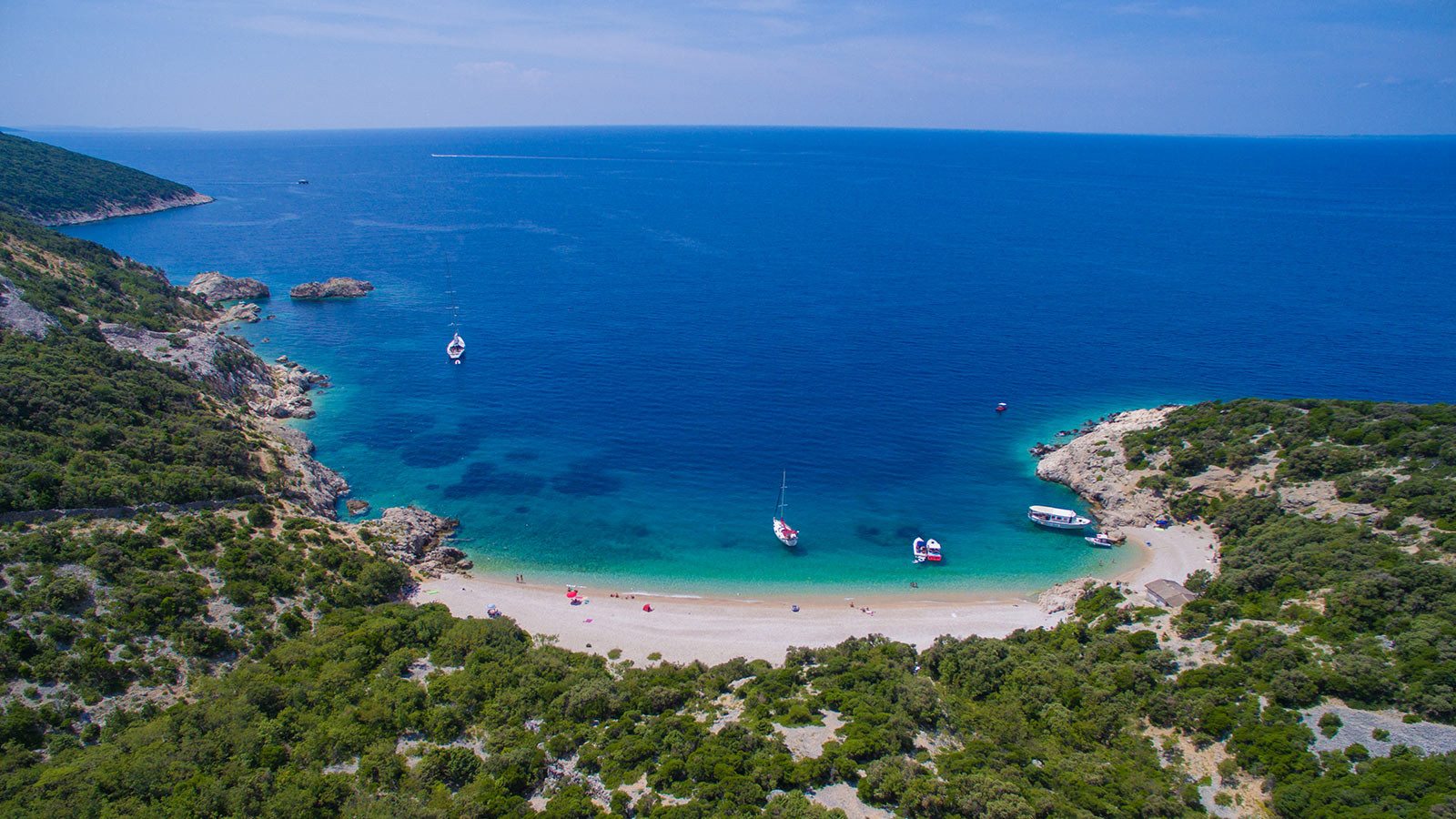Positano’s name is supposed to stem from legend.
The story goes that the painting of the Virgin Mary was aboard a Turkish ship that was stranded offshore until the captain heard a voice whisper "pose, pose." The painting was thrown overboard and the Positanese found it where the church now stands, realizing that the Virgin had chosen their town as her home.
The Greeks and Phoenicians frequented the territory of present-day Positano though perhaps only to trade with the locals or to stock up on supplies.
The Romans, on the other hand, always on the hunt for attractive locations where the wealthy classes could practice their "otium," built a villa on the present-day Spiaggia Grande, and it is said that the Emperor Tiberius, not trusting the people of Capri by whom he feared being poisoned, sent a triremes to buy flour precisely at a Positano mill.
From the Middle Ages, however, comes another version of the name that refers to a picture venerated by the people of Positano: the Madonna who came from the sea.
A tradition handed down from generation to generation tells of a painting of the Mother of Christ embarked on a ship of "unbelievers" after long wanderings the ship arrived in front of Positano’s shores and got stuck despite every human attempt made by the astonished sailors. Reportedly it was the sacred effigy itself, with the cry of "Posa, posa"
ordering the crew to leave it on the beach so that the locals could honor it.
The fall of the Roman empire opened to a dark period about which little is known at least until the 9th century when the Republic of Amalfi became a respected maritime power and Positano became part of its territory enjoying the advantages that maritime trade offered. A subtle competition between the towns of Amalfi and Positano can be seen in the historic dispute over the birthplace of Flavio Gioia, mythical inventor of the compass, which each of the two towns claims.
The Norman conquest of the Amalfi territories with the loss of their autonomy and the subsequent raids of Saracen pirates coincided with a period of decadence and instability where the risk of being sold as slaves in the markets of North Africa loomed over the population. At that time and as a result of the provisions of Viceroy Peter of Toledo, the watchtowers that still dot the landscape of Fornillo la Trasita and the Sponda
Famine, pestilence and tidal waves plagued this municipality in the 16th and 17th centuries, causing substantial depopulation.
In the 1700s things began to look up as evidenced by the many late Baroque villas, and the locality entered by force as a favored destination of the grand tour that the heirs of wealthy European families undertook. It became the residence of many important artists Positano was immortalized in many of their works becoming world famous.
